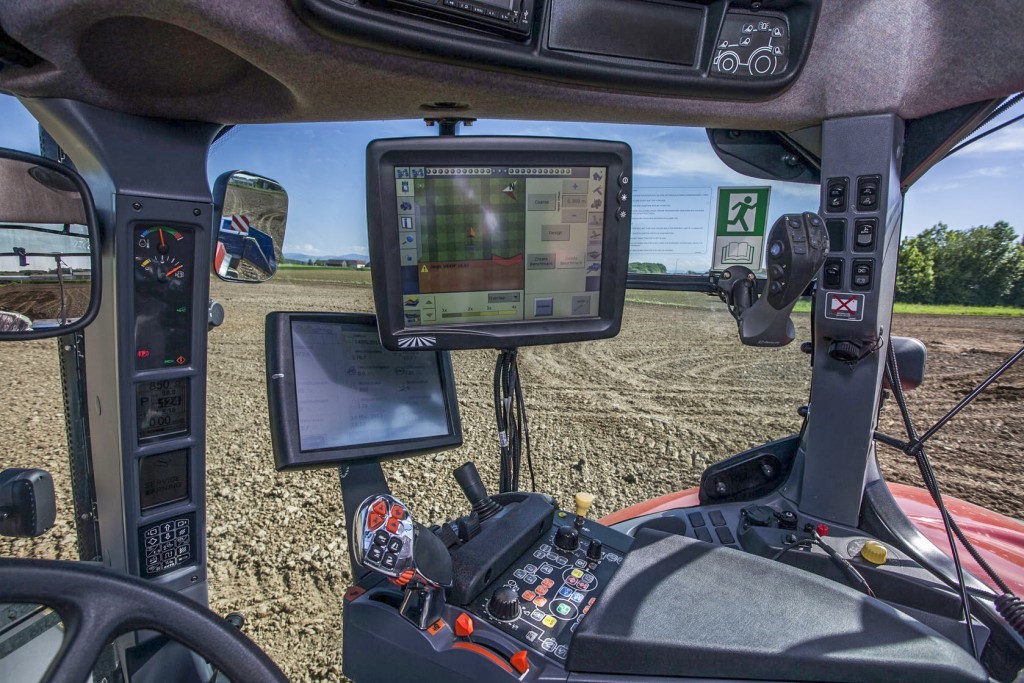Precision Agriculture Advances Sustainable Wheat Production
By Steve Mercer, USW Vice President of Communications
No two wheat fields in the world are alike. The fact is, there can be wide variations within a field or even a very small sections of a field.
Not that long ago, farmers had limited ability to change production strategies in ways that more directly correlated with this natural variability. Now, however, farmers in the United States and around the world have high-technology systems that allow them to instantly adjust seed, fertilizer and crop protection inputs with near pinpoint accuracy, ensuring the right rates are applied or seeded in the right location while on the go in their field.
According to information from “Let’s Grow Together,” an online information source in Washington state to help consumers better understand agriculture, “farmers collect information using crop yield monitors, soil maps and global positioning systems (GPS). The yield monitor measures the amount of wheat harvested and the GPS uses satellite signals to track the exact location where the yield measurements were taken.”
The resource notes that software creates a detailed map of high- and low-yield zones. Using enhanced GPS guidance systems, the wheat farmer can operate seeding and application equipment with as little as 2.5 centimeters (about one inch) of overlap. Such precision drastically reduces waste and the unnecessary application of fertilizer and crop protection products.
“I believe this technology makes us far more efficient,” said Janice Mattson, who with her family grows hard red winter and hard red spring wheat in Montana’s “Golden Triangle” region. “There is a financial benefit in using only what we need, but we also see environmental benefits on our own land, in our communities and for our customers.”
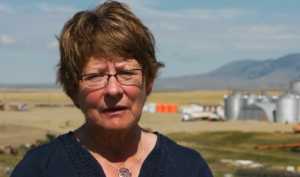
Janice Mattson sees environmental benefits from precision agriculture.
U.S. farmers know that seeking ways to improve the sustainability of the crop and environment is increasingly important to the world’s buyers and wheat food processors.
Jeff Newtson, who with his family grows soft white wheat in northeastern Oregon, says technology like satellite imagery of crops helps them vary the rate of fertilizer across the hilly terrain of their farm to produce more uniform wheat.
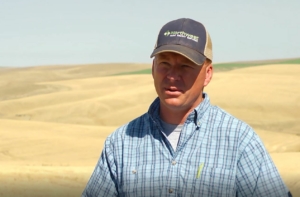
Jeff Newtson says precision agriculture helps his family produce a more consistent soft white wheat crop for overseas buyers.
“We know that our customers want high-quality food products and 90 percent of the wheat we grow is exported,” said Newtson. “They come from overseas to support our farm and our families, so we have to give them a good product in return.”
“We have changed and adapted and we will keep changing and adapting,” said David Clough, who grows hard red spring wheat in central North Dakota. “We are doing that to survive economically and to keep our land in good shape for future generations.”
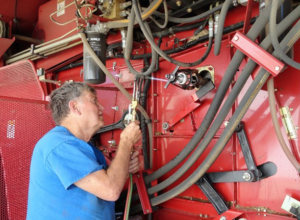
David Clough says farmers will keep changing and adapting to survive economically and keep their land in good shape.
“First and foremost, sustainability is economical and generational, which leads to environmental sustainability,” said Mark Linnebur, a family farmer from Byers, Colo.
His family’s focus on applying high-technology and no-tillage systems as well as other practices is all about being good stewards of the land.
“We are not trying to mine the land for what we can get out of it in the near term,” he said, “because we want to pass it on to our children.”
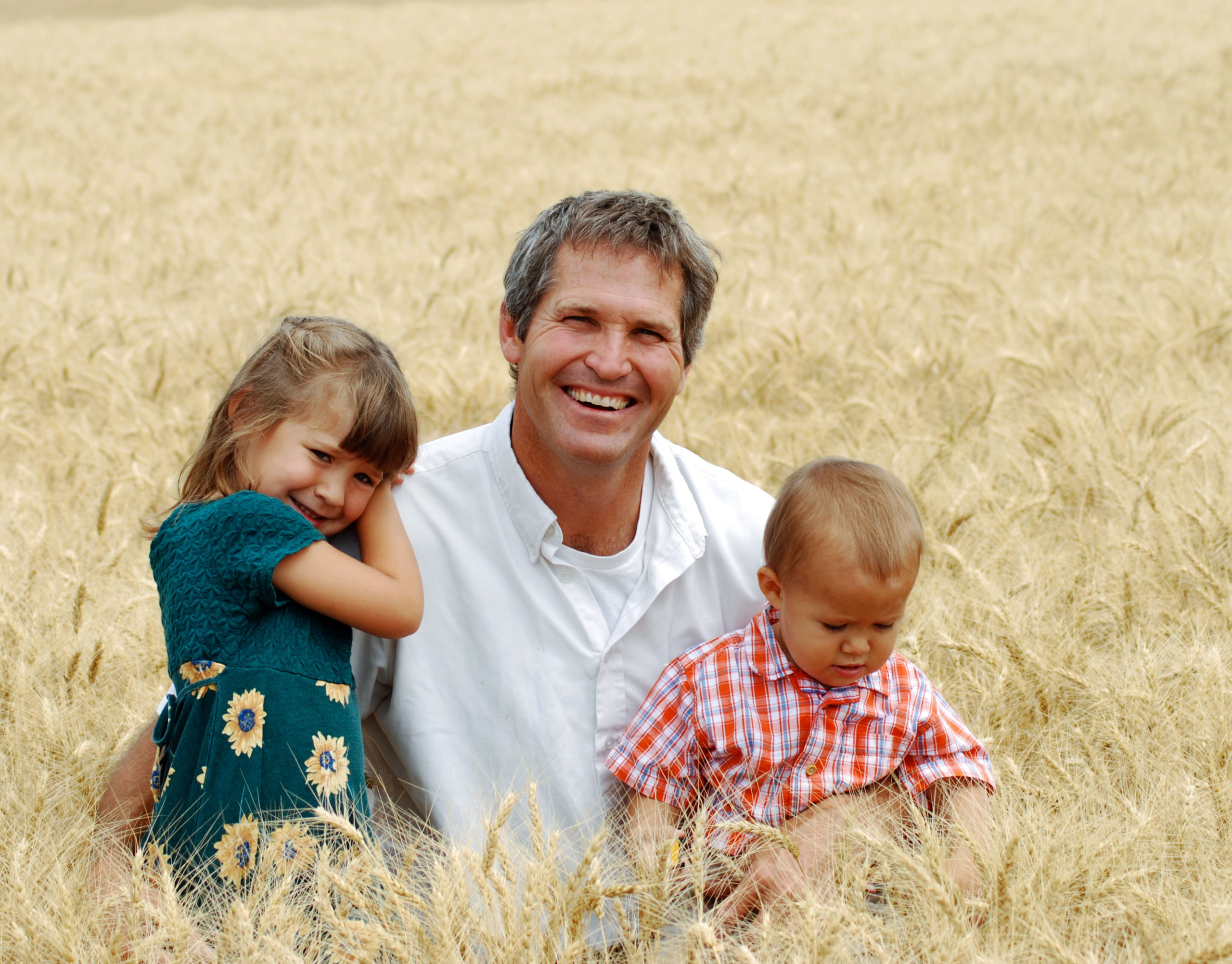
Mark Linnebur says sustainability on the farm is economic and generational.
Caption for image at the top of this page: Precision agriculture is allowing farmers to adjust inputs to near pinpoint accuracy, enhancing sustainable wheat production. Photo copyright “Let’s Grow Together.”

